Part 1: Garden design techniques
10. Composition
The technique of composition is to make the garden appear to be all one, single, unified design rather than a series of separate features which are unrelated to each other.
This would not be a good composition; the shapes and layout do not relate to each other:

These would be better examples of compositions using the same shapes:


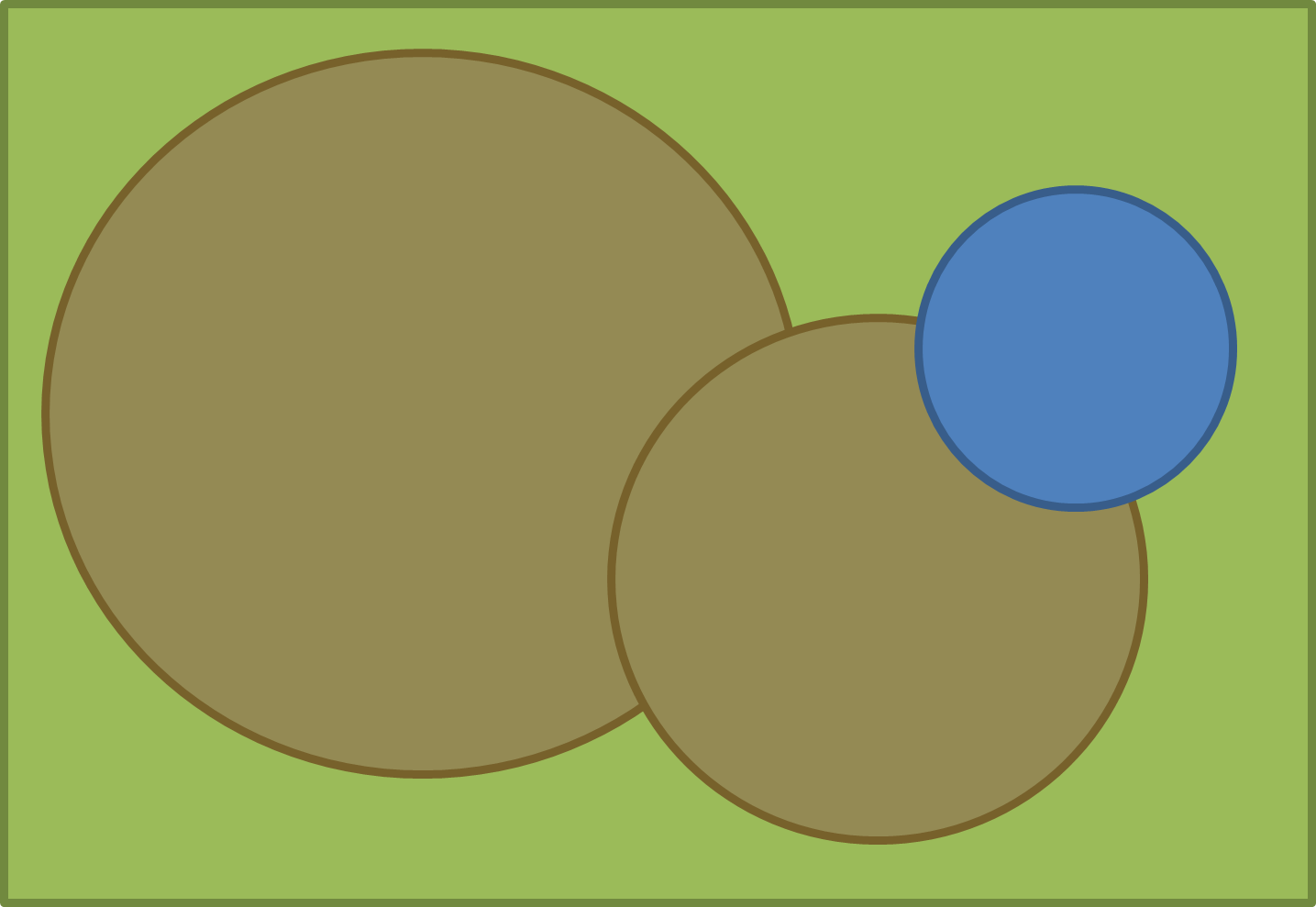
Repeating shapes and overlapping them is a simple way to unify a composition.
When shapes and features in a design overlap it is called interlock.
Another technique is to repeat materials, so instead of having a wooden deck, stone path, brick wall and rendered house you use the same material in several places in the garden which ties the design together like in this example:
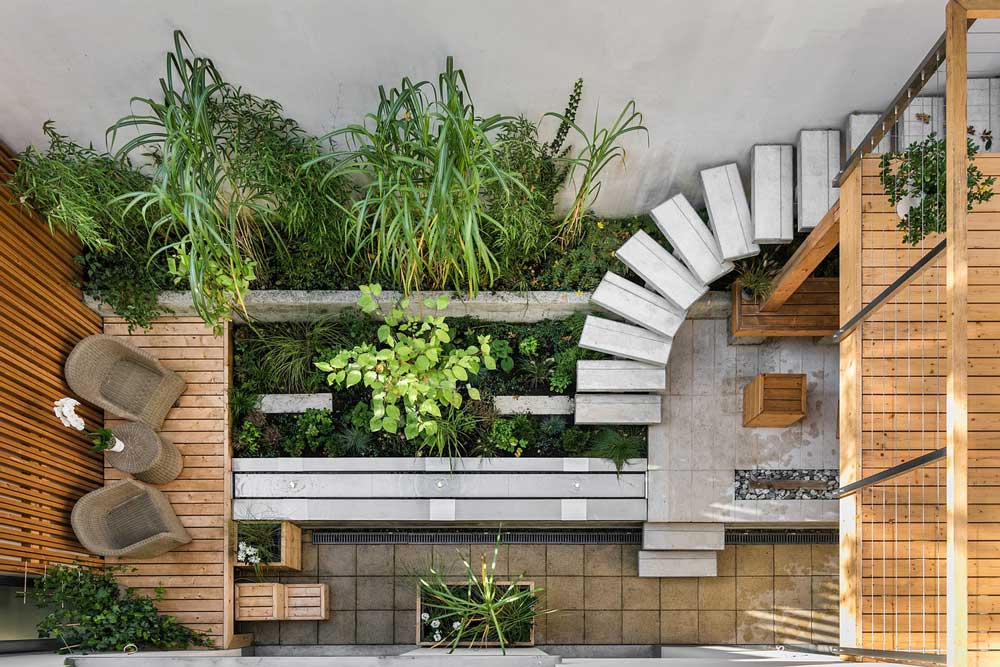
The decking and use of wood is on both sides of the garden, tying the design together.
Maintaining a similar planting style throughout a design also improves the composition, this can be done by sticking to a texture, such as large leaved jungle planting or spikey architectural planting:

Or sticking to a colour palette such as cool, or hot colours:
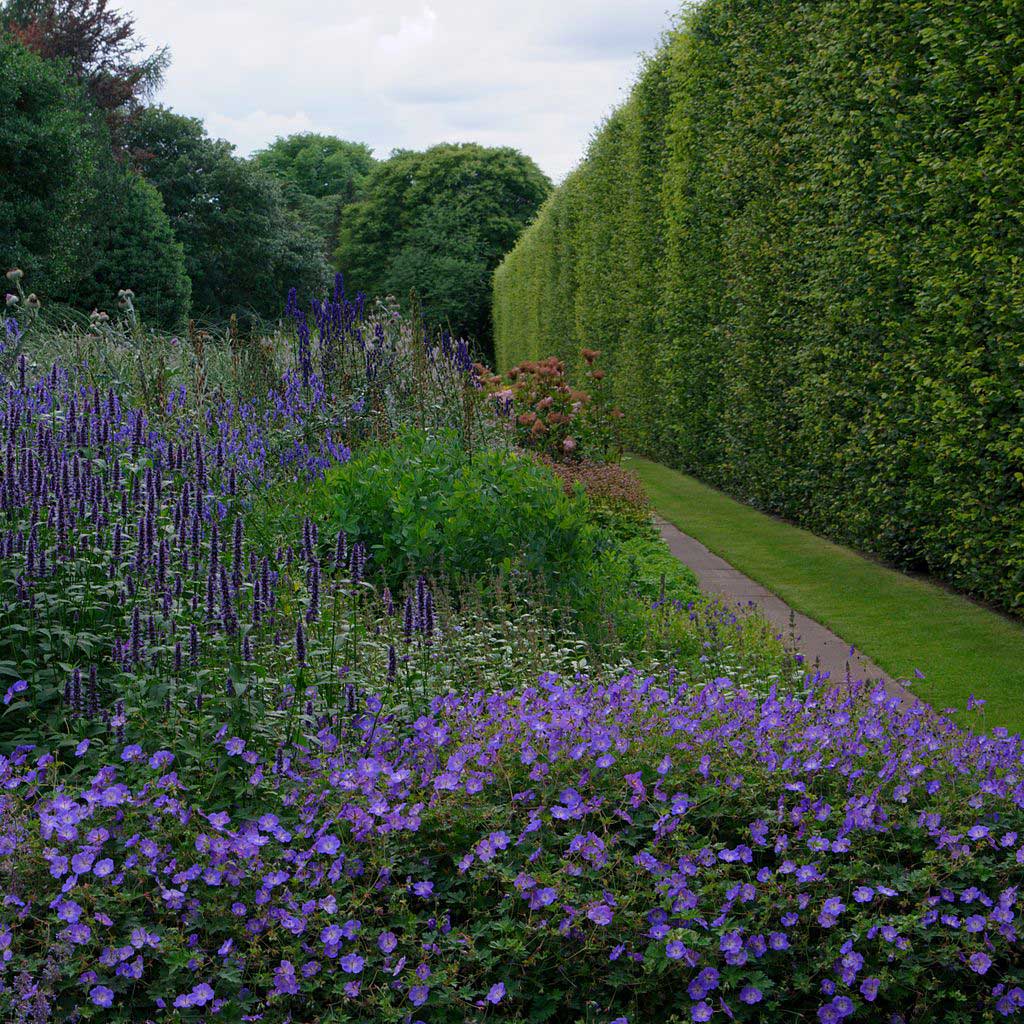
Mussklprozz via Wikimedia / CC BY-SA 3.0

Use a piece of blank paper, anything without lines or squares on it.
Draw a square on it, any size and in any position.
Draw more squares, some the same size, some different sizes. Some on their own, some overlapping e.g.

Choose a section from your drawing that you like and copy it (or trace it) onto another piece of paper – it doesn’t have to be perfect, a sketch is fine.
Example:
I like this section of my sketch:
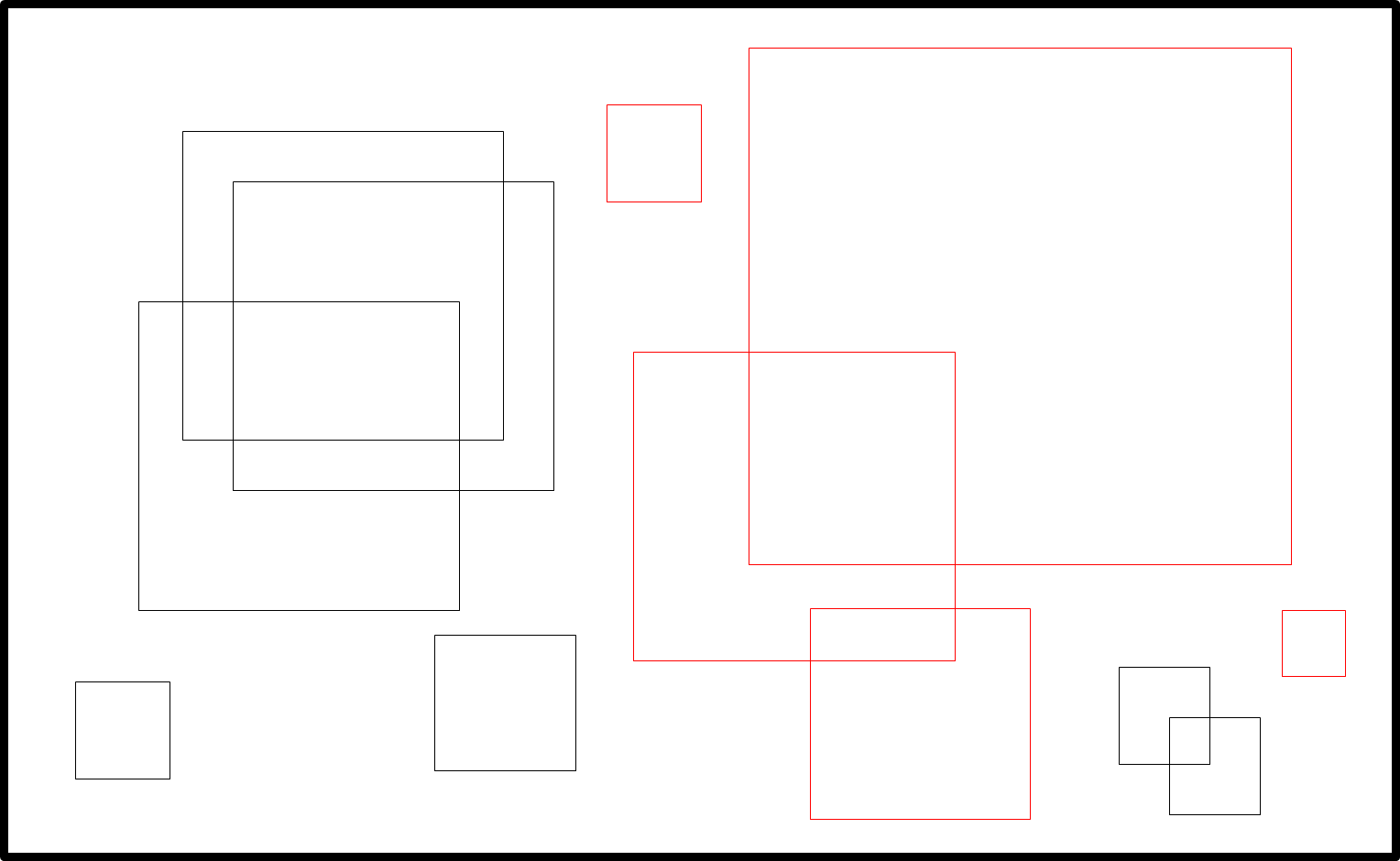
So I would copy it out like this:

Feel free to move some of the squares if something about them bothers you.
Example:
I have lined up my two small squares with the edges of my big one and moved one over into the empty space and enlarged it a bit:
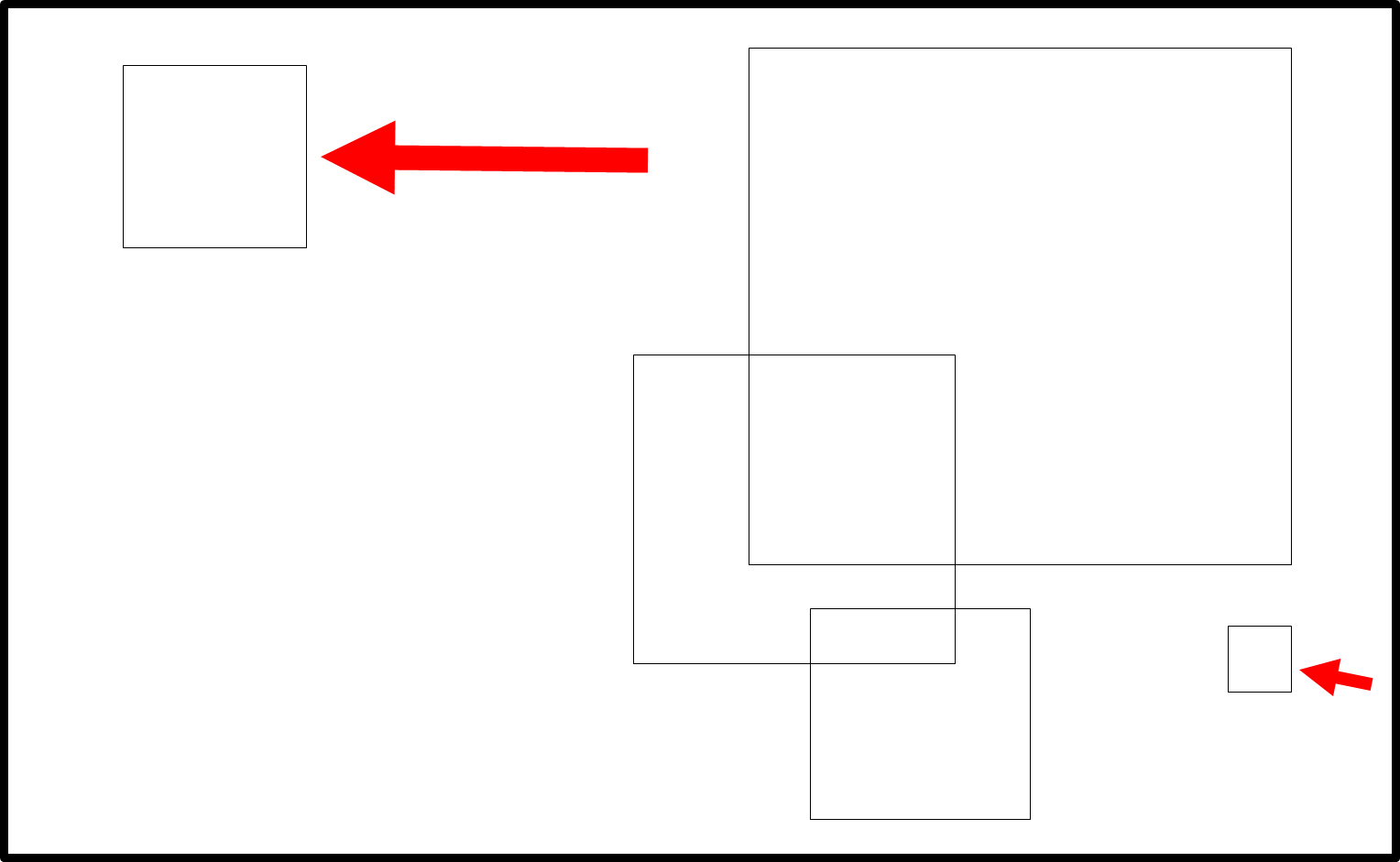
Now decide what these shapes could be if this were a garden.
Example:
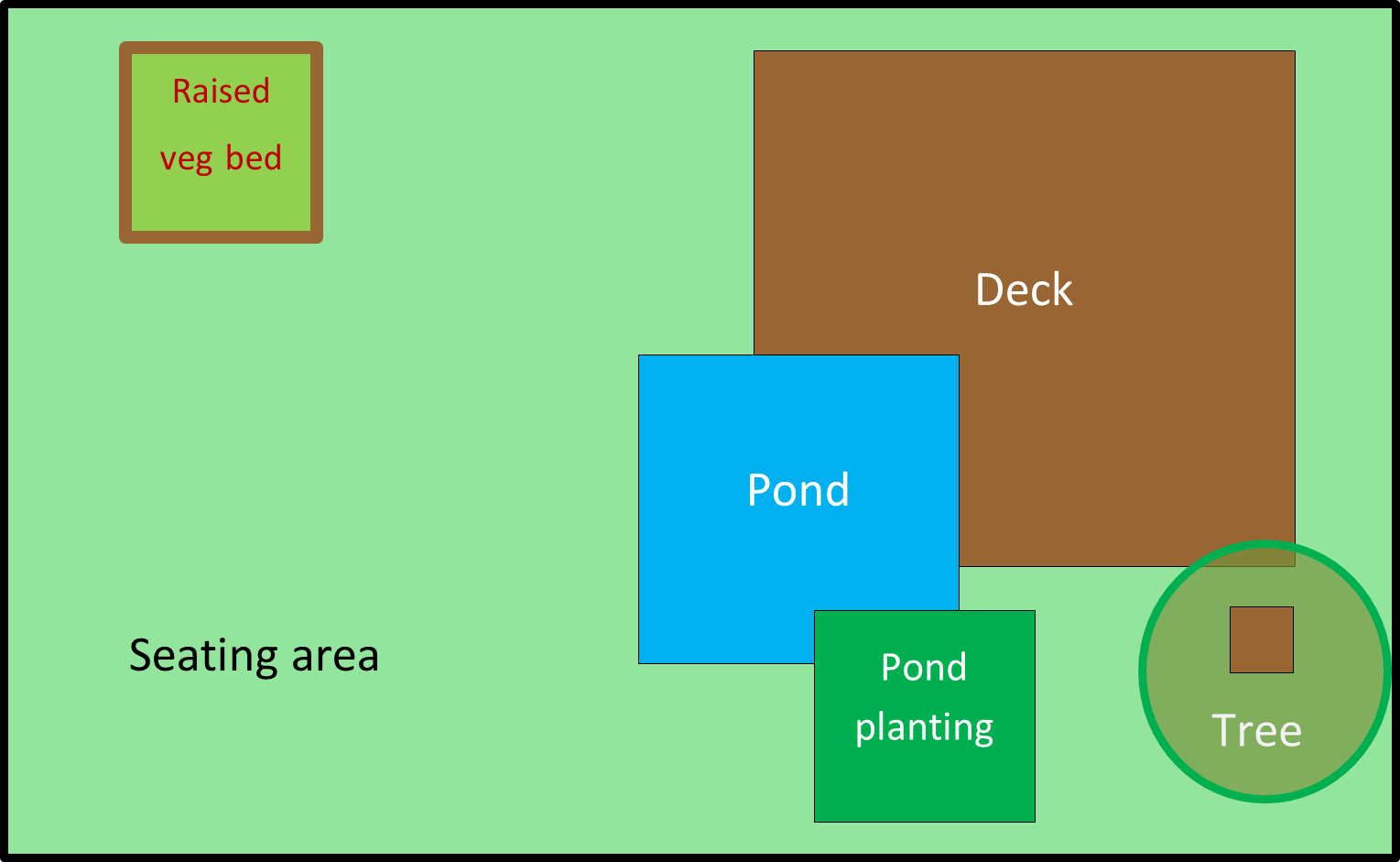
This is very basic, but it is a great way to learn about combining shapes.
Repeat this process with circles.
Repeat this process with any other shapes you like, for example, ovals, rectangles, triangles.
Repeat this process with a mix of shapes, for example, squares and circles, or ovals and rectangles.
- Find an example of a garden on the internet which uses materials to tie the composition together e.g. repeated use of wood, stone or white rendered walls. Use Google Image or Pinterest searches to help you.
- Find an example of a garden which uses shapes to tie the composition together. Use search terms such as ‘garden circles’ or ‘garden squares’.
- Find an example of a garden which uses planting to tie the composition together. Use search terms such as ‘blue garden’, ‘red garden’ or ‘cool colours garden’.